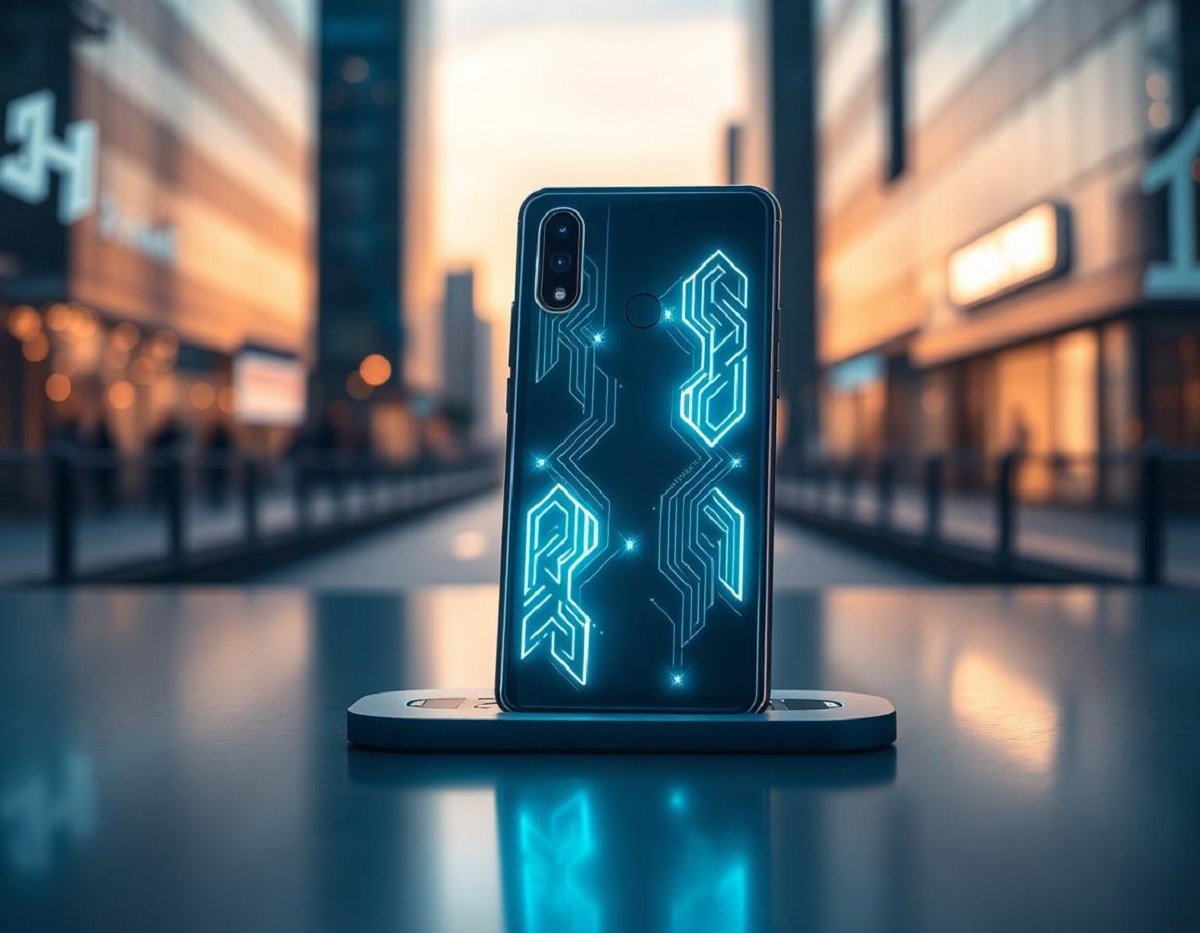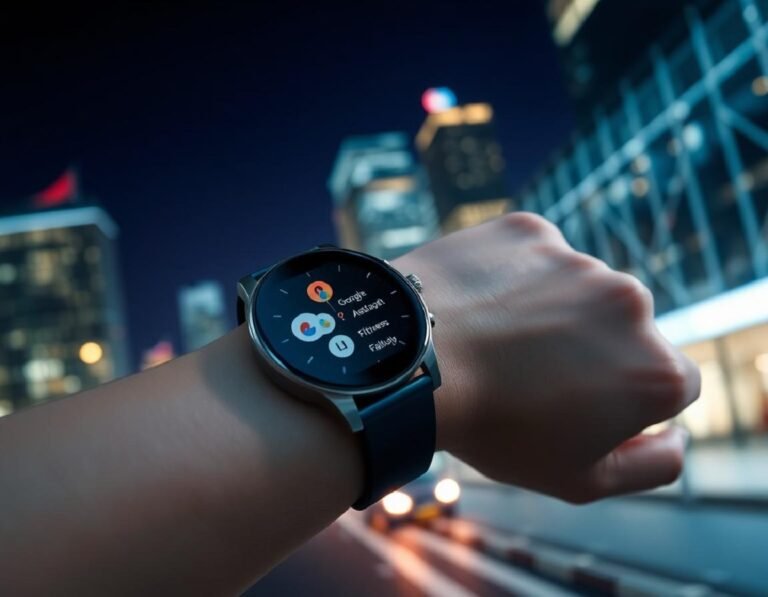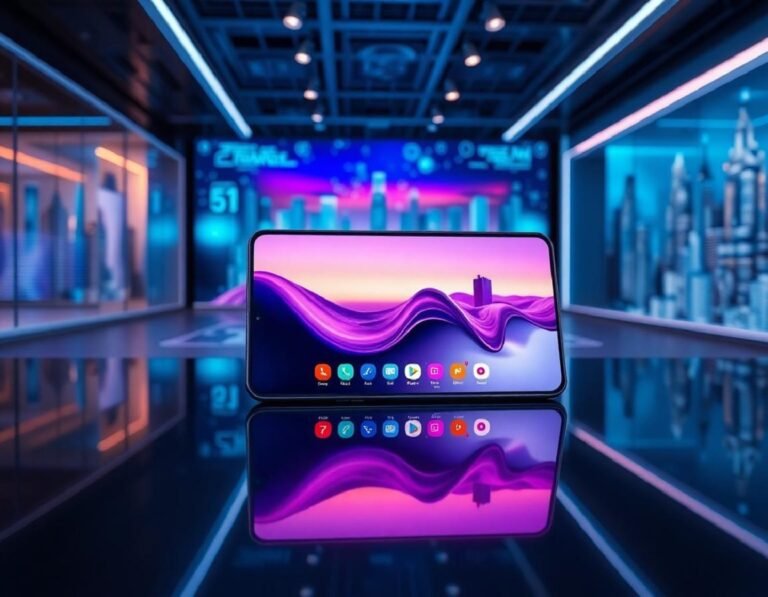Hands On and Initial Impressions of the Nothing Phone(3): Honest 2025 Review
Nothing has been around for five years.
They started with wireless earphones, followed by basic and mid-range smartphones. With the Nothing Phone 3, they have now entered the flagship market. Releasing a high-end phone is much harder than their previous products. Charging $799 brings them into direct competition with established brands like Samsung’s Galaxy S25 and Apple’s iPhone 16, both at the same price point.
The design of the Phone 3 stands out, but not always in a good way. Earlier Nothing phones with transparent designs felt fresh. This model looks unfinished, with odd placements like a half-visible NFC coil and slightly misaligned cameras. The materials have improved over previous models. There is now IP68 water and dust resistance and an aluminum midframe. The front uses Gorilla Glass 7i, which is not as tough as the Victus 2 glass on competitors, so it may not survive drops as well.
A useful addition is the recording light, which signals when voice or video recording is active. It could be brighter, but its presence is practical and respectful in group settings. This fits with Nothing’s philosophy of putting the phone face down to reduce distractions.
One of the phone’s main features is the Glyph Matrix, which replaces the light bars from older models. It uses 489 LEDs as a small second display. This setup can only show one widget, or “glyph toy,” at a time. You switch between them using a capacitive button on the back. It works like a shortcut for features like a clock or stopwatch. The Matrix is also open to third-party tools, and the community is already building new applets. Still, the matrix feels less unique than the old light bars and does not solve previous limitations. Most glyph toys, like battery percentage or simple games, add little value. The second display can preview rear camera selfies, but this is a feature many other phones with second screens have done before.
The Glyph Matrix also ties into notifications. You can assign profile pictures to contacts for important alerts, but you still need to check the main screen to see the actual message content.
Looking at performance,
the Phone 3 uses the Snapdragon 8s Gen 4. This chip is solid but not as strong as the Snapdragon 8 Elite in Samsung’s S25. There is no advanced cooling system. In heavy use, the S25 outpaces the Phone 3 by 30 to 40 percent in performance. This is important for gaming and intensive apps.
The display is sharp with good color and brightness, matching the pixel density of the iPhone 16. It uses LTPS technology, not the more efficient LTPO found in Samsung and other Android flagships. This affects how low the refresh rate can drop, which may reduce battery efficiency, but the difference is minor in daily use.
Battery life is a strong point. The Phone 3 has a 5,150 mAh battery, larger than the 4,000 mAh in the S25 and close to the S25 Plus, which costs more. In practice, it should last longer than its direct competitors, especially with moderate use. Although in some countries the battery is listed as 5,500 mAh, the actual hardware is the same. The difference is due to software limits because of shipping regulations. The phone also supports fast charging at 65 watts, higher than Samsung’s 25 watts.
Audio is handled by dual speakers. Early impressions find them decent but not as full as those in the iPhone or top Samsung models.
Nothing OS 3.5 runs on the Phone 3. This is a near-stock version of Android, mostly changed for visual style. Compared to Samsung’s highly customizable One UI, Nothing OS is simpler and free from pre-installed bloatware. Unique features include Essential Space, designed to help manage reminders, and Essential Search, a new tool. Swiping up accesses a universal search that can also solve math problems or answer questions using Gemini AI.
Nothing’s software support now promises five years of Android updates and seven years of security patches. While Samsung offers seven years of both, this is still a long support cycle given how small most updates are now.
The camera system gets a significant upgrade. All three rear cameras and the front camera use 50-megapixel sensors. By comparison, Samsung’s setup is more varied. Numbers alone don’t tell the whole story, but initial use suggests each camera offers strong image quality. The ultrawide lens holds detail well, and the telephoto has a larger sensor than Samsung’s. The telephoto also handles macro shots, allowing you to focus from 10 cm away. This is closer than before, but it’s due to a smaller sensor, not a stronger lens. Still, processing improvements help maintain image quality.
Overall, the Nothing Phone 3 covers all the basics of a flagship well. It doesn’t break new ground in design or features, but it stands up well against direct rivals in most key areas. Competitors at the same price don’t offer major innovations either, so the Phone 3 compares favorably in this segment. The clean software experience and long battery life are its biggest strengths. The unique features, while interesting, need more refinement to stand out.



![Logitech MX Master 3S for Mac Review [2025]](https://www.gadgeteval.com/wp-content/uploads/2025/07/logitech-mx-master-3s-mac-mouse-closeup-768x597.jpg)

![Razer Naga V2 Hyperspeed Wireless MMO Gaming Mouse Review [2025]](https://www.gadgeteval.com/wp-content/uploads/2025/07/razer-naga-v2-wireless-gaming-mouse-studio-768x597.jpg)
![DJI Mavic Mini Drone Fly More Combo [Light Grey]](https://www.gadgeteval.com/wp-content/uploads/2025/07/dji-mavic-mini-drone-dusk-flight-768x597.jpg)
